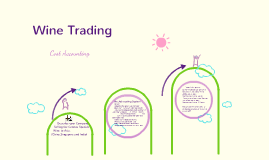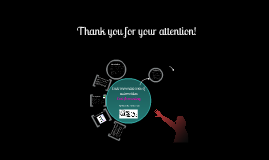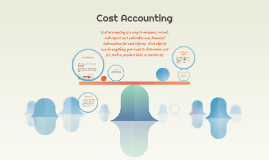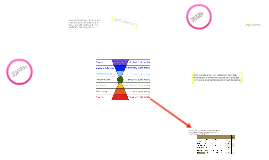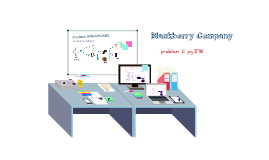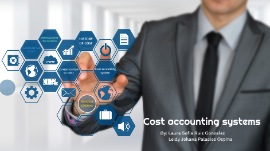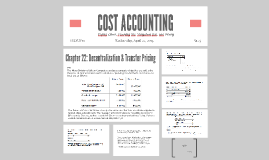Cost Accounting
Transcript: Cost Accounting Costs and Cost Terminology 10. Cost of Goods Sold (COGS) 7. Indirect Costs (Overheads) Formula: COGS = Opening Inventory + Purchases - Closing Inventory Examples: Utilities, administrative salaries, maintenance 11. Economies of Scale 8. Opportunity Cost The reduction in per-unit cost as production increases Example: Choosing to invest in machinery instead of expanding marketing. 12. Break-even Point 9. Sunk Cost Example: Money spent on research that is no longer useful. Formula: Break-even Point = Fixed Costs / (Selling Price per Unit - Variable Cost per Unit) Costs and Cost Terminology 1. Fixed Costs 4. Marginal Cost Examples: Rent, salaries, insurance. Formula: Marginal Cost = Change in Total Cost / Change in Quantity 2. Variable Costs 5. Average Costs Examples: Raw materials, direct labor, shipping costs. Formula: Average Cost = Total Costs / Quantity Produced 3. Total Costs 6. Directs Costs Formula: Total Costs = Fixed Costs + Variable Costs Examples: Raw materials, direct labor. Costs and Cost Terminology Costs represent the monetary value of resources used in production, essential for decision-making and financial planning. Understanding Costs and Their Management Presented By Introduction Key Objectives of Cost Accounting: Summary of key Differences Period Costs Inventoriable Costs Aspect Definition Costs tied to the production or purchase of goods Costs not related to production, expensed as incurred Cost Accounting records, classifies, analyzes, and allocates costs to help management make informed financial decisions, focusing on internal use rather than external stakeholders. Expensed when inventory is sold (as COGS) Timing of Expense Expensed in the period they are incurred Location Recorded directly on the income statement Initially recorded as inventory on the balance sheet Direct materials, direct labor, manufacturing overhead Office rent, administrative salaries, advertising Examples Cost Control Cost Allocation Cost Analysis Profitability Determination Decision Support Characteristics: Understanding Period Costs Expensed when incurred, regardless of sales. Not related to manufacturing or production. Associated with administration, selling, marketing. Period costs are expensed in the period incurred, not included in inventory, and recorded on the income statement. Implications for Financial Reporting By distinguishing between these two types of costs, businesses can better manage their financial reporting, cost control, and pricing strategies. Characteristics Inventoriable Costs and Period Costs What are Inventoriable Costs? Included in COGS when sold. Directly linked to production or purchase. Associated with manufacturing or production. Inventoriable costs relate to production and are included in inventory, while period costs are expensed when incurred. Components of Inventorable Costs Inventoriable costs, or product costs, are recorded as inventory and expensed when the product is sold. Key points cost accounting: Job Costing Process Costing Activity-Based Costing (ABC) Standard Costing Sandra Caceres Carmona Rose Pamela Perez Raquela Alizon Quenta Aranda Ruben Hugo Quisbert Gutierrez Fernando Quisberth Mallea Leticia Lizeth Quispe Ancalle Teacher: Lic. Linnet Coral Herrera Zurita Year: 2024 Together, these frameworks allow businesses to manage their expenses effectively, ensure cost efficiency, and support strategic decision-making. What Are Direct Costs? Direct and Indirect Costs Conclusions Direct costs are expenses directly traceable to a product, service, or project, linked to production or delivery. Framework for Cost Management and Cost Accounting Summary of key Differences Direct and indirect costs categorize expenses, aiding in accurate costing, pricing, and profitability analysis. Direct Costs A) Cost Management Framework Direct Costs Indirect Costs Aspect Implement Enterprise Resource Planning (ERP) systems or cost accounting software to automate cost tracking, allocation, and reporting. Leverage data analytics for enhanced cost forecasting, performance measurement, and identifying cost-saving opportunities. Attribution Easily traced to a specific product/project Not directly tied to a especific product/project Framework for Cost Management and Cost Accounting B) Cost Accounting Framework Rent, utilities, administrative salaries Examples Raw materials, direct labor Often fixed or semi-varible Behavior Varies with production Direct costs are crucial for calculating the cost of goods sold (COGS) or the cost of services rendered, allowing for accurate pricing and profit margin determination. C) Integrated Cost Management and Cost Accounting Calculation Part of COGS or project-specific costing Allocated across multiple products/projects 3. Use of Technology Indirect Costs Understanding Indirect Costs Cost Management Framework Indirect costs are necessary for the overall function of a company, and though they cannot be traced to a single product or service, they must







